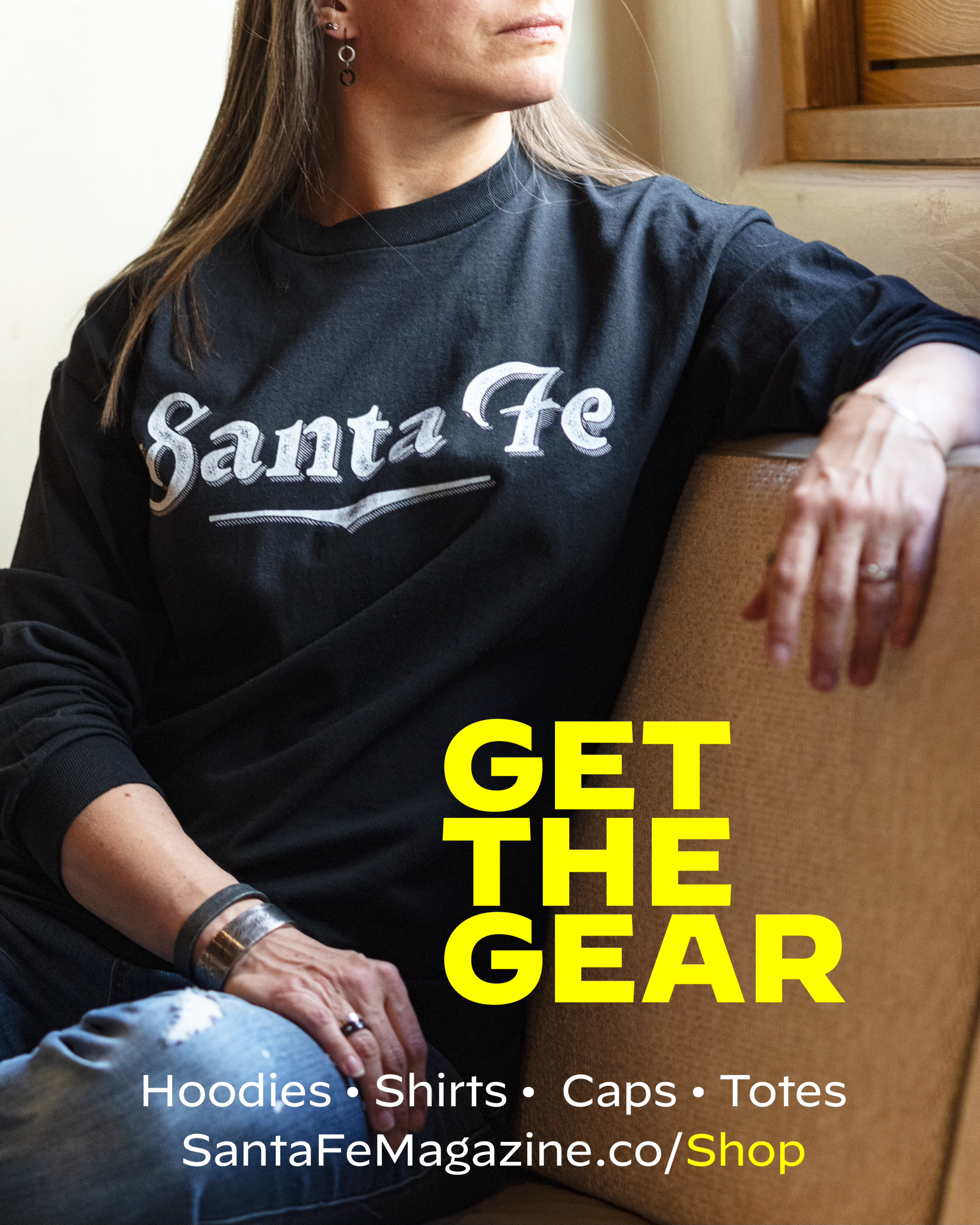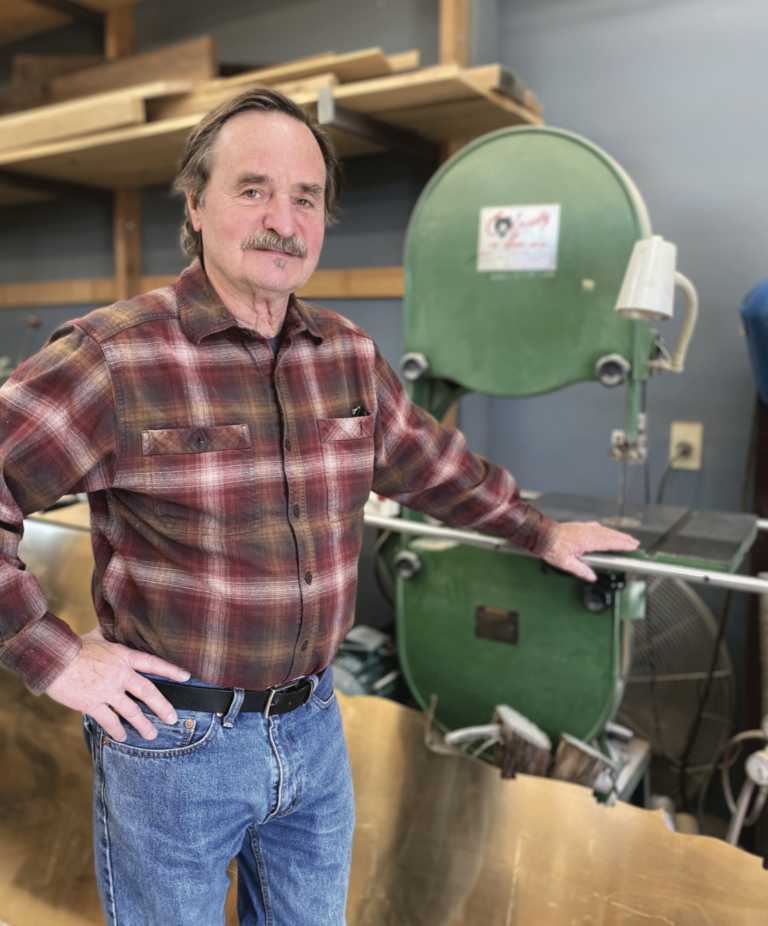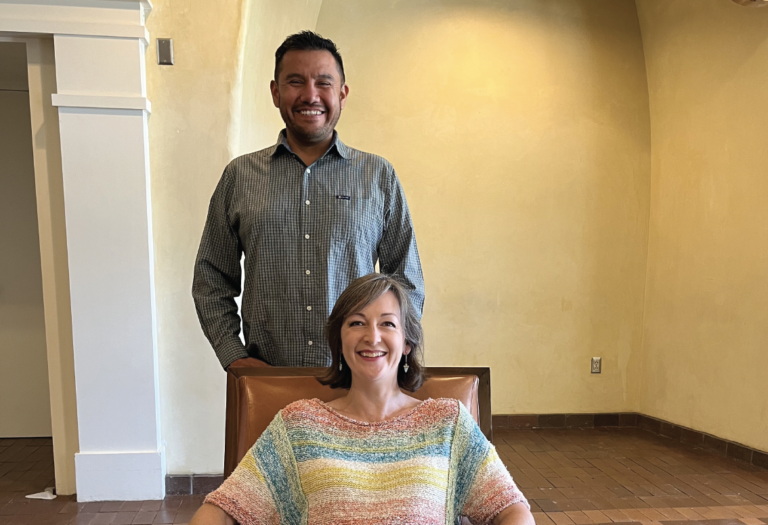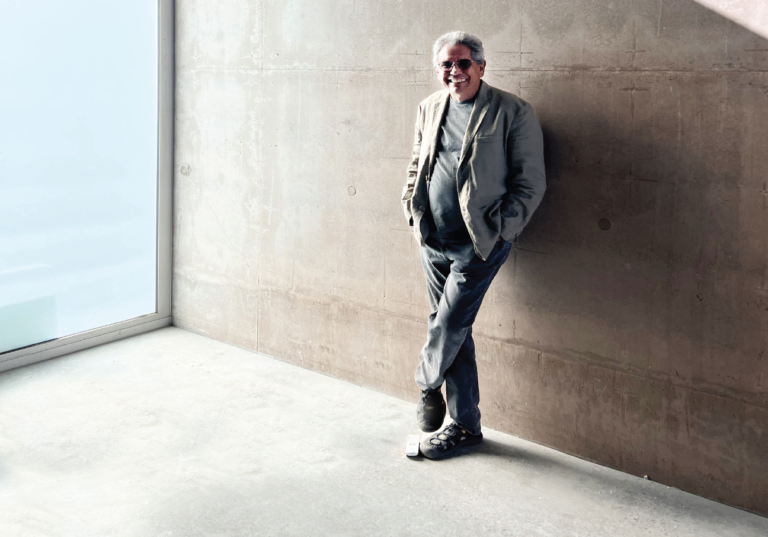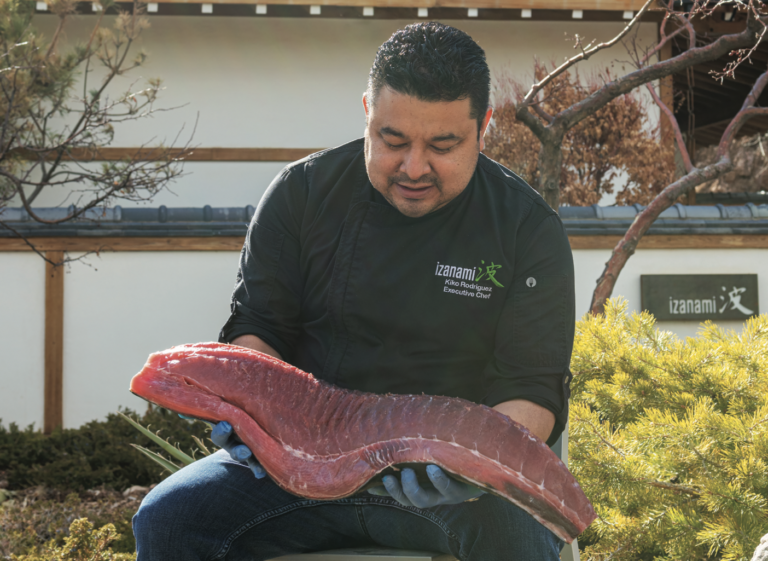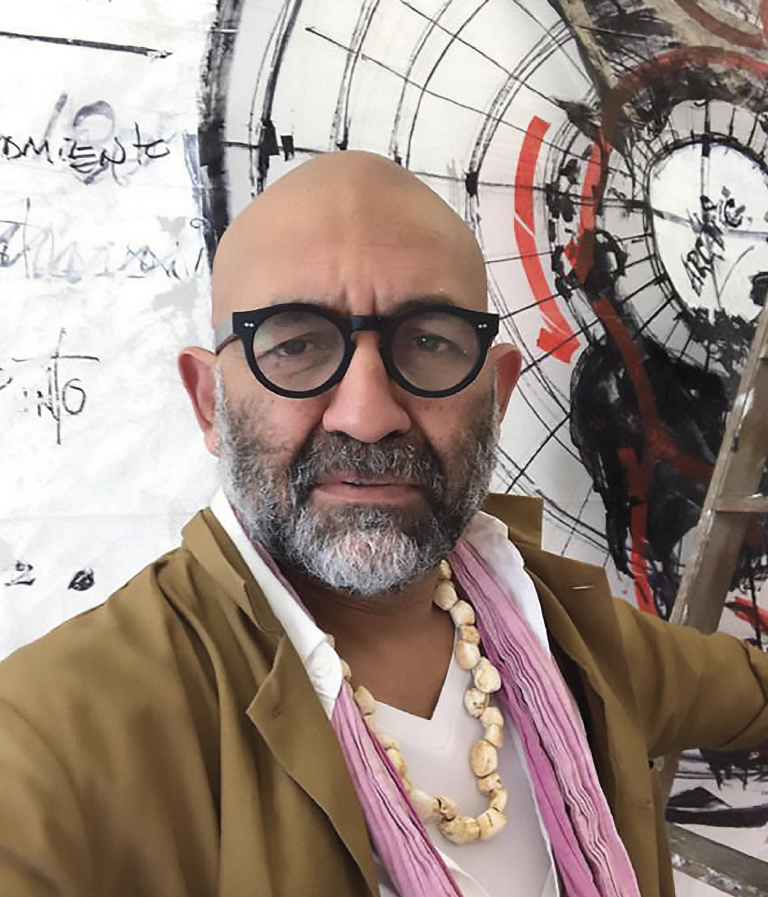IN 1991, DAVID ARMENT’S HUSBAND, Jim Rimelspach, took him to Africa for his 30th birthday. It was there that David discovered Zulu baskets, woven from colorful telephone wire. He fell in love with them. Little did he know that trip would ignite a lifelong passion — and a subsequent world-class collection. Now, 33 years later, in partnership with the Folk Art Museum, he’s shining a light on the Zulu weavers’ work and telling their story to a global audience. You should see his eyes light up when he talks about them.
Why Zulu wire baskets?
I grew up dreaming of Africa. I was obsessed. Jim took me on my 30th birthday for the first time and we have been back every year since, sometimes twice a year. On our early trips, I had seen some images of Zulu wire baskets and, in my mind, they captured how vibrant Africa is. When you see it and you experience it, there’s just so much color. And the people are so wonderful and open and embracing.
So we went looking for the baskets. They were hard to find and the fact that I couldn’t find them made me want them even more. It’s such a unique art form that you just don’t see anywhere else in the world, really. It developed in one tiny little area of the African continent with a very limited group of people. They don’t have drawings or anything, they just start with the center and as they work out, they create these incredible patterns. I became a collector and a lot of these weavers became friends.
It’s funny. My African friends call me a fundi. It means the expert. Who would have known this guy from Texas goes over to Africa and then, all of a sudden, I’m one of the people that knows the most about these baskets?
Historically, these baskets were utilitarian?
Traditionally the Zulu people make these clay pots, very similar to Native American pottery, fired in the earth. They were for their sorghum-based beer drink. It has a yogurty kind of texture, not like our beer.
Then they would make an imbenge, a traditional pot cover. Originally these were made of ilala palm, to keep the bugs and rodents out of the beer. When wire started appearing in the 20th century, they were like, Oh, I could make a pretty imbenge with that.
Where does one get so much telephone wire?
There are a lot of stories about the wire being stolen or people going and cutting down wires. I get a little offended by that. I have known a lot of people that said they would go to scrap yards, where there was lots of leftover telephone wire from electrical projects.
Today the wire is made for the weavers. When they started making baskets for tourists, the wire manufacturers started offering wire in any color you could imagine. It’s an industry now. My friend Marisa Fick-Jordaan runs a project where weavers take the wire on credit, which is a great economic empowerment project for a lot of people, especially women.
You’re a very serious collector.
I started collecting in 1991. Around 1999, a good friend of ours from South Africa was visiting us in Santa Fe. I told her that I wished I could meet the weavers. And she’s like, David, you just need to come down to South Africa and I’ll introduce you to my friend in Durban.
That changed my life because I met a lot of weavers. Soon after, I told Marisa she should write a book on these weavers. But she said, oh, I’m just not very organized. And I’m like, well, I’m really organized. Five years later, we had jointly written a book. It documents my collection, but most importantly it focuses on the weavers. When I first started collecting, you never got a name with a basket. It was like, oh, this is just one of those Zulu baskets, but I always wanted to know, who made this basket? So it was about these weavers. The book did really well.
You elevated this from a tourist souvenir to a respected art.
One of our goals was to identify the master weavers, the people that really had their own style. We helped elevate them to named artists.
The Folk Art Museum is doing a big show of this work next fall. Documenting your collection must be a task.
Yes. I think we’re at right around 2000 pieces. Once I started collecting, people around the world would offer baskets to me. That was great.
During the pandemic, Jim and I had a lot of time to think about the collection. We were looking for a home for it. We started having conversations with the Folk Art Museum here in Santa Fe, because we love the museum. We wanted to gift the entire collection to them so they would become the repository of this story. It’s going to be the first exhibition based on Zulu wire work ever outside of South Africa. The exhibition will be opening in November of 2024.
In July, we spent several weeks in Durban with a film crew. It was so incredible. They interviewed the weavers in the Zulu language, and documented them making the baskets, talking about their history. And it’s important because a lot of the weavers have left us since the book was done. HIV. Tuberculosis. It’s very hard living in southern Africa. We focused on 12 or 15 master weavers in the book, and I think there are only two that are still with us.
So we’re also working on bringing some of them over for the exhibition. One of the big missions of the Folk Art Museum is education, so they want them here for a cultural exchange.
We’ll get to see the story of where the wire work came from and see some of the artists. And, of course, you’ll see the beauty of these things. I can’t wait.
Learn more at TelephoneWireBasket.com
Photo Jim and David by Kate Russell

